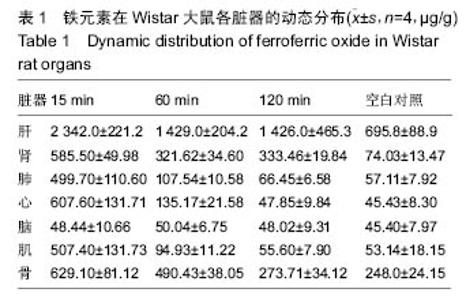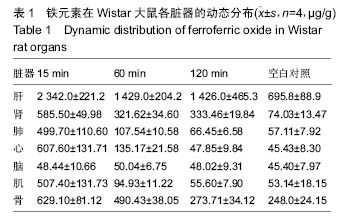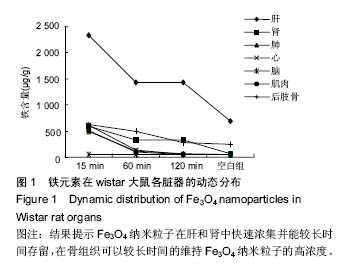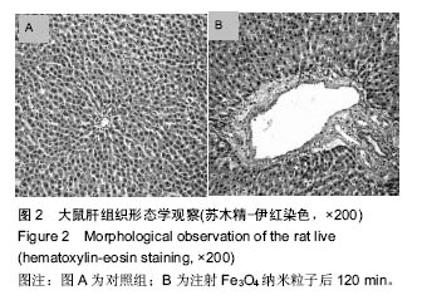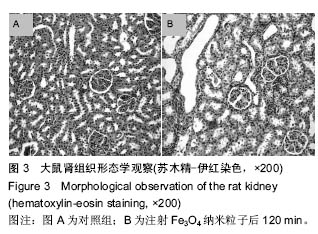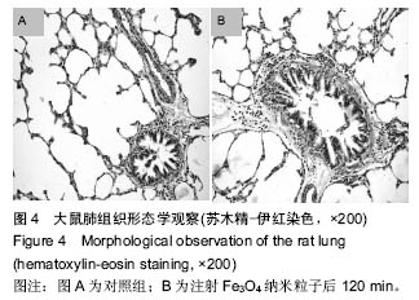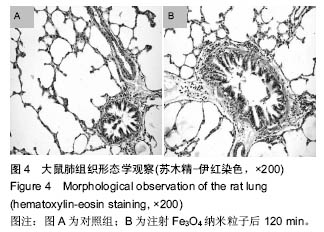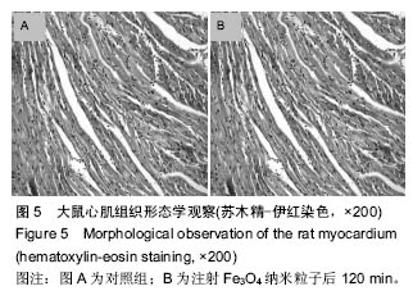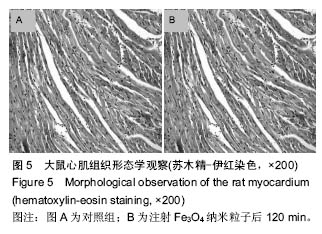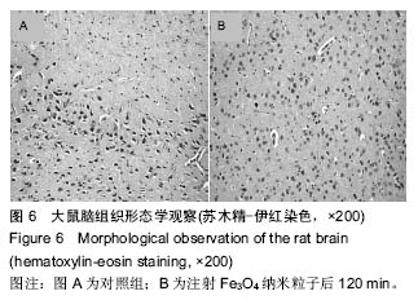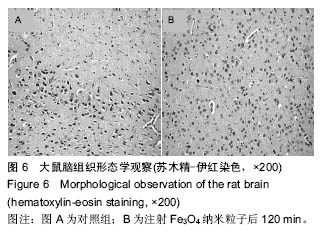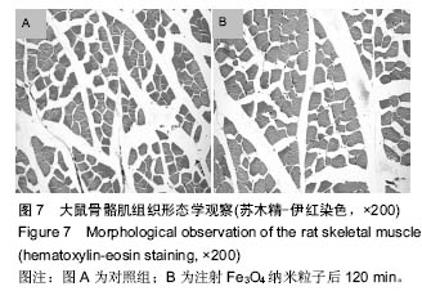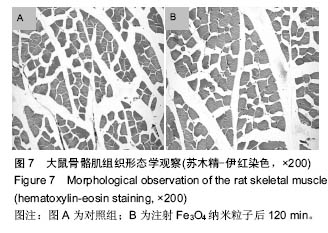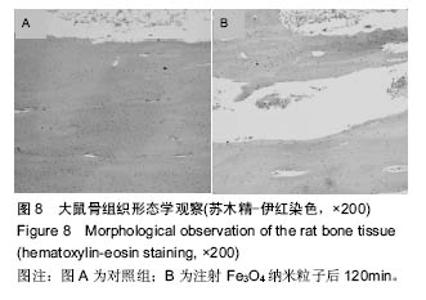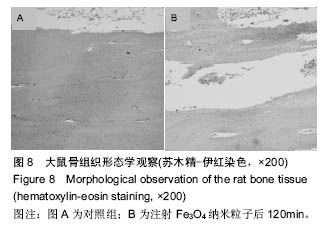| [1]高娃.四氧化三铁的结构[J].化学教室,2001;13(8):46.[2]范成相,陈亮.分子生物学在生物材料评价研究中的应用现状[J].国外医学:生物医学工程分册.2004;27(6):375-379.[3]杨晓芳,奚廷斐.生物材料生物相容性评价研究进展[J].生物医学工程学杂志,2001,18(1):123-128.[4]Sun J.An exploratory discussion on biological evaluation and risks for medical devices.Zhongguo YiLiao QiXie ZaZhi.2006;30(5): 386-387.[5]Bollen LS, New trends in biological evaluation of medical devices. Med-Device-Technol. 2005; 16(5): 10-15.[6]Bacci G, Lari S.Current treatment of high grade osteosarcoma of the extremity:review. Chemother. 2001;13(3):235-243.[7]Bramwell VH.The role of chemotherapy in the managoment of non-metastatic operable extremity osteosarcoma.Semi oncol.1997;24(5):561-571.[8]Lubbe AS, Alexiou C, Bergemann C, et al. Clinical applications of magnetic drug targeting. J Surg Res. 2001; 95(2): 200-206.[9]Nie S, Xing Y, Kim GJ, et al. Nanotechnology applications in cancer. Annu Rev Biomed Eng. 2007;9: 257-288.[10]Gilchrist RK, Medal R, Schorey WD,et al.Selective inductive heating of lymph nodes. Ann Surg. 1957; 146(4): 596-606.[11]Lubbe AS, Bergemann C, Riess H, et al. Clinical experiences with magnetic drug targeting: a phase I study with 4'-epidoxorubicin in 14 patients with advanced solid tumors. Cancer Res. 1996; 56(20): 4686-4693[12]Kirkpatrick CJ,Bittinger F,Wagner M,et al.Current trends in biocompatibility testing. Proceedings of the Institution of Mechanical Engineers(Part H).1998;212(2):75-84. [13]Allen TM.Liposomal drug formulations. Rationale for development and what we can expect for the future. Drugs.1998; 56(5): 747-756.[14]Kakehashi R,Shizuma M, Yamamura S,et al.Mixed micelles containing sodium oleate: the effect of the chain length and the polar head group. Colloid Interface Sci. 2004; 279(1): 253-258.[15]黎人恺.Fe3O4磁性纳米粒子在中药成分分离分析中的应用研究[D].湖南师范大学,2015.[16]刘舒云,原辉东,袁玫,等.纳米铁与多柔比星加体外磁场靶向杀伤肿瘤细胞的动物实验[J].肿瘤研究与临床, 2016, 28(5):289-293,299. |
